In Qantas’ and Virgin Australia’s Velocity frequent flyer programs, Gold status is widely regarded as the tier to aim for. It’s the ‘sweet spot’ for benefits, with priority check-in, boarding, baggage – and most importantly, lounge access. Even if you’re flying in Economy, you get to enjoy these perks with every trip.
But Platinum status requires double the effort to reach compared to Gold. You need to put in significantly more time and money to bridge the gap. But take it from me – the perks of the Platinum side do make travelling with Qantas and oneworld partners more alluring.
We take a look at the extra benefits of Qantas Platinum so you can weigh up whether it’s worth the extra flying. For Virgin Australia Velocity members, make sure to also read our take on whether Velocity Platinum status is worth chasing.
Earning Qantas Frequent Flyer Gold and Platinum
Qantas Platinum requires double the Status Credits for both earning and maintaining. Both tiers also require four Qantas flight sectors to be flown in a membership year.
 Earn Qantas Gold Earn Qantas Gold |  Earn Qantas Platinum Earn Qantas Platinum | |
| To earn | 700 SCs | 1,400 SCs |
| To maintain | 600 SCs | 1,200 SCs* |
| Eligible sectors | Fly 4x QF flight numbers | Fly 4x QF flight numbers |
You can also choose a Loyalty Bonus of 50 SCs for every 500 Status Credits you earn properly. This helps you out with one loyalty bonus on your way to Gold and another on your way to Platinum. Other handy annual boosts include 50 SCs with Green Tier and a 100 SC rollover with Points Club Plus.
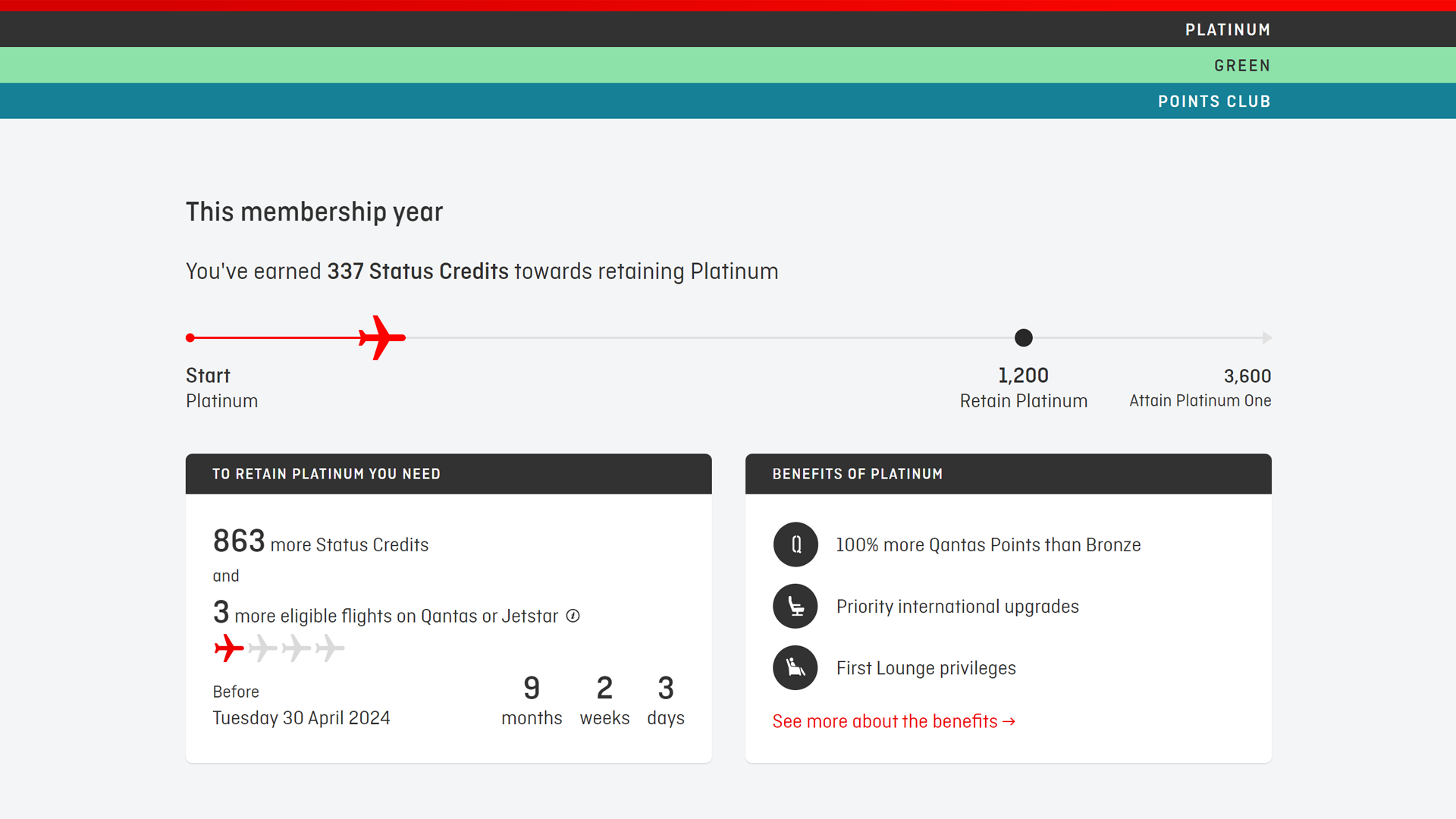
Differences between Qantas Gold and Platinum
Qantas Gold already includes most of the perks that make flying less stressful. This includes lounge access, priority airport processing, prioritised phone service and increased priority in upgrades.
Platinum takes it a step higher with more bonus points and First Class lounge and fast track access where available. But the most treasured perks include being able to speak to the Hobart contact centre and most importantly – the ability to request reward seats on Qantas flights across all cabins.
At a glance
 Qantas Gold Qantas Gold |  Qantas Platinum Qantas Platinum | |
| Oneworld equivalent | Sapphire  | Emerald  |
| Bonus points | 75% bonus on QF, JQ & AA flights | 100% bonus on QF, JQ & AA flights |
| Extra baggage | Yes, see below | Yes, see below |
| Lounge access | Yes, see below | Yes, see below |
| Priority airport benefits | Business Class priority check-in, boarding and luggage | First or Business Class priority check-in, boarding and luggage. ‘Priority Lane’ or ‘Fast Track’ security and immigration lanes where offered |
| Upgrade priority | Increased over Silver. May be confirmed within 24 hrs of departure | Increased over Gold. May be confirmed within 3 days of departure |
| Request reward seats | No | Yes (unofficial benefit) |
| Phone service | Prioritised over Silver | Prioritised over Gold + access to Qantas Hobart call centre when open |
For lounge access
Both Gold and Platinum members enjoy lounge access before eligible flights – even in Economy! But Qantas Platinum members can kick back in Qantas, partner and oneworld airline First Class lounges before most flights.
 Qantas Gold Qantas Gold |  Qantas Platinum Qantas Platinum | |
| Lounge access (QF domestic) | Qantas Clubs | Qantas Clubs & Domestic Business Lounges |
| Lounge access (QF international) | International Business Lounges | International Business and First Lounges |
| Lounge access (oneworld and partners) | Partner Business lounges | Partner Business and First lounges |
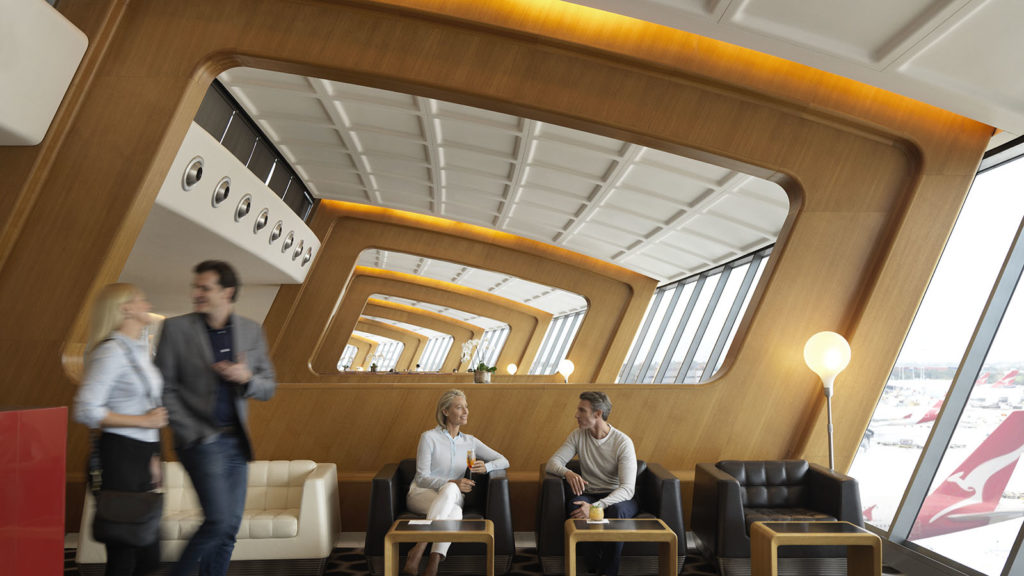
For extra baggage
Going on a big family holiday, sporting trip or to a trade conference is a lot easier when you have a boosted luggage allowance. The upsized limits are generous for both tiers, but Platinum members can bring even more.
 Qantas Gold Qantas Gold |  Qantas Platinum Qantas Platinum | |
| Extra baggage (QF domestic) | 2x 32 kg for all cabins | 2x 32 kg in Economy, Premium 3x 32 kg in Business |
| Extra baggage (QF international) | Extra 16 kg for most routes 3x 32kg to the Americas | Extra 20 kg for most routes 3x 32 kg to the Americas in Economy, Premium 4x 32 kg to the Americas in Business, First |
| Extra baggage (oneworld) | Extra 15 kg for most routes Extra piece (up to 23kg) on certain routes | Extra 20 kg for most routes Extra piece on certain other routes |
How much flying does it take to reach Qantas Gold or Platinum?
That’s a pretty solid range of benefits, but you’ll need to earn 1,400 SCs to reach Platinum. It’s hard to quantify exactly how much it costs to get status because everyone’s travelling habits are different. But we can estimate, so let’s break it down a bit.
Flying Qantas exclusively
To first earn Gold status at 700 SCs at a relatively low cost, you’d need to fly the equivalent of Brisbane-Sydney-Christchurch return in Business three times for around $1,355 per trip. That nets 240 SCs per return trip, or 720 SCs after three trips for a cost of around $4,065. Flying indirectly adds extra Status Credits to your earnings.
For Platinum, it’s a bit cheaper. You could do it with five return trips (1,200 SCs, $6,775). By then, you would have also earned 2x 50 SC loyalty bonuses, and you could stack 50 SC from Green Tier and rollover 100 SC from the previous year with Points Club Plus. Or, just take a few domestic flights to make up the difference.
But, that’s when a Double Status Credit (DSC) promotion comes in handy! If you booked the same trips during a DSC offer, then you’d reach Platinum instead of Gold with three return trips, at a cost of $4,065. In subsequent years, the threshold is down to 1,200 SCs to requalify.
Flying with partner airlines
A cheaper way to earn or maintain status is to earn the bulk of the Status Credits from other airlines. You still need to do four flights with Qantas. But after that, the doors are open. Some common examples include:
- Intra-Asia with Malaysia Airlines or Cathay Pacific Business
- US Domestic First Class with American Airlines
Read more in our guide to maximising Qantas Status Credits →
Weighing up on whether to go for Qantas Platinum
With all that in mind, here’s what to consider when going for Platinum:
1) How far along am I in my membership year?
With Qantas’ system, you have a fixed anniversary date. Any new status you earn will be valid for the rest of the current year plus the whole next anniversary year (potentially from 12 to 23 months).
If you’re very close to your anniversary date and nowhere near Platinum, then it will be tough to get all the required Status Credits in time. Plus, you won’t have as much time to enjoy it. Perhaps save your efforts for the following year.
2) How often will I use the better lounges?
If you fly internationally out of Sydney, Melbourne, Los Angeles or Singapore often, then being Platinum means the outstanding First lounges are usually open to you. This also applies to airports with lots of other oneworld and partner lounge options such as London Heathrow T3 (Cathay Pacific First Lounge), Hong Kong (Cathay Pacific Pier and Wing First lounges) and Bangkok (Emirates Lounge).
But if you are based regionally and only fly around Australia, then the experience will not be too different overall compared to being Gold. The main point of difference is if you can access the better Domestic Business Lounges in Sydney, Melbourne, Brisbane, Canberra or Perth.
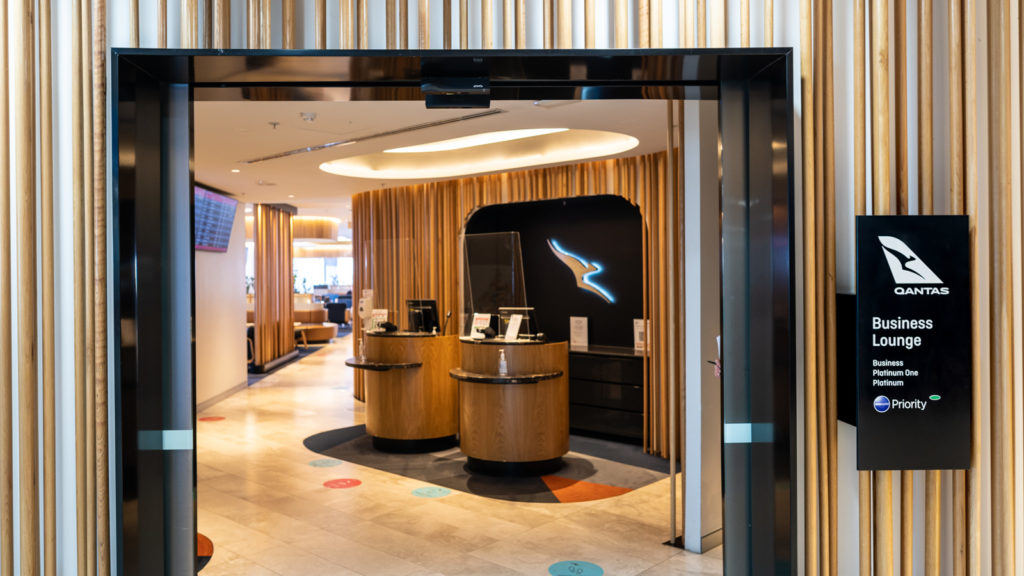
3) Do I frequently need to call Qantas?
Are you the type of person to plan round the world trips with Qantas Points, but need to call up often to make changes? Or do you just like having efficient help whenever you need it?
Well, holding Platinum status makes calling up Qantas a lot easier. In our experience, you’re usually connected in under 10 minutes. There’s also the chance of getting the fabulous Qantas Hobart team. Unfortunately, that’s not guaranteed, but it is available during Australian operating hours.
4) Do I want to use lots of Qantas Points and request reward seats?
One of the best Platinum perks for me is the ability to request reward seats. I’ve done it for both domestic Economy and international Business Class. It’s only a request so my seats aren’t always confirmed, but most of the time, I can make something work.
If you also have hundreds of thousands of Qantas Points and want to fly on QF metal, this perk can be amazing. But if you don’t have a lot of points or prefer to fly partner airlines, it might not mean much to you.
5) Do I have lots of planned travel?
If you’re barely holding onto Gold status as it is, then your habits probably won’t sustain a leap to Platinum. But if you travel often for work (for example), then it’s suddenly more viable. Make the most of the ‘free’ points and Status Credits you get as part of your job.
Otherwise, you might have to resort to ‘status runs’. These are trips solely booked to maximise Status Credits, often through indirect flights and during Double Status Credit promotions.
6) Can I make use of Double Status Credit promotions?
Double Status Credit offers only last a few days, so you can make all your bookings for the year. Earning double SCs will significantly reduce the amount of flying you need to do. These promotions tend to come out in February/March.
We highly recommend you make the most of Double Status Credit offers to book your upcoming work and personal travel. That way, you get rewarded more for the trips you were going to take anyway. But this means you need to have a good understanding of what travelling you’ll be doing that year.
Summing up
There’s no denying that Platinum status is a shining beacon to aim for. I should know – I’ve been enjoying Platinum for the last four years (two of those thanks to COVID-related status extensions). If you genuinely think you can make it and also enjoy the benefits, go for it! But we have to remember not to get carried away in our quest for that elusive top-tier level.
Sometimes there’s just not enough time or future travel booked to make it to Platinum. I wouldn’t recommend you splash out a lot of cash and waste days in the sky just to earn Status Credits. Sure, it’s nice and all having a shiny card, but if you’re only going to use the benefits a few times, then the effort is ultimately wasted.
Gold status is still a great target to aim for, and is far more attainable for the average traveller. You can always secure Gold first, and set your sights on Platinum again in the future when the stars are more aligned.
And don’t forget the other argument that airline status essentially is a pair of ‘golden handcuffs’. You get perks, sure, but also have to remain loyal to the airline and its alliance. A different train of thought is you can get more out of travel by mixing and matching airlines depending on the price and your needs.
Read more: how to keep Gold status for as long as possible →
Stay up to date with the latest news, reviews and guides by subscribing to Point Hacks’ email newsletter.
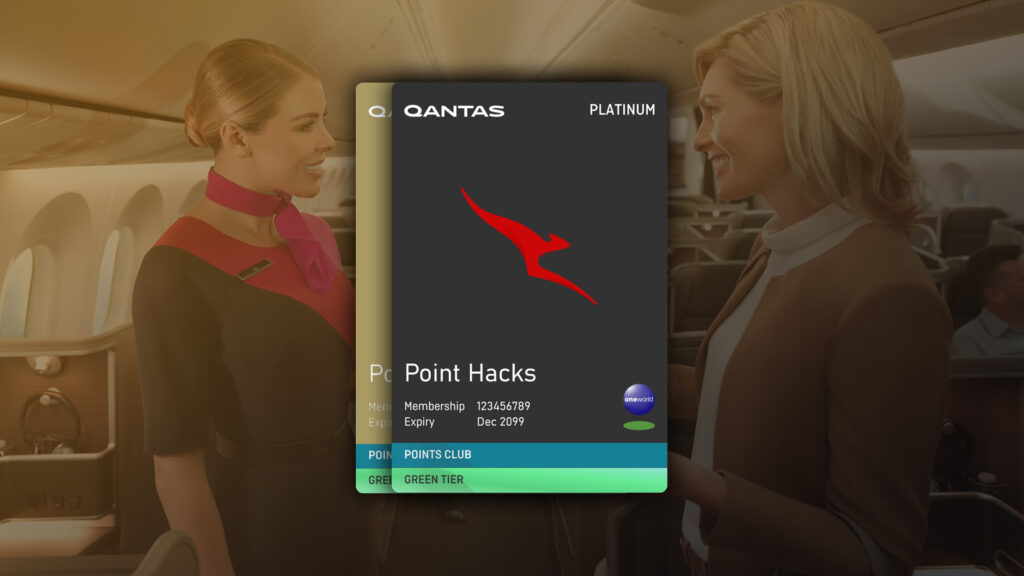
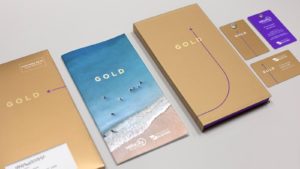
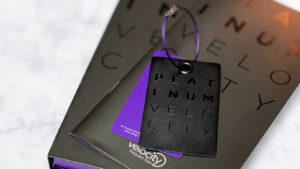
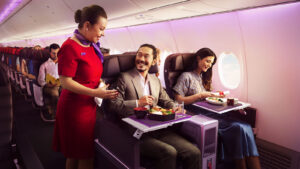
Interesting comment about Hobart call centre as Cape Town is hopeless Platy sums it up well
If you’re nowhere near WP towards end of qualification year then you need to be very careful that you don’t get sucked into the WP status wheel in subsequent years. Accept Gold benefits and enjoy the sweet spot.
The better lounges are a nice to have, but not a need to have. Some of the world’s best “first” lounges are not even open to WP status holders anyway. IIRC EK’s BKK lounge is joint business / first. Access to perks such as spa in QF SYD first are for first paying passengers. Hint – QF first lounge in LAX just isn’t that great. It appears to be the case that QF “first” lounges are geared more to accommodate the hordes of status hamsters than actual first-class passengers (QF first lounges are simply not comparable to those dedicated to just first-class passengers).
Provide a convincing argument that domestic business lounges are that much better than the ordinary QCs that they compel the effort of chasing WP.
I greatly miss the excellent and professional team in QF Hobart. Waiting for goodness knows how long for a call to be answered only to talk with the poorly trained offshore agents so useless that they can’t even identify a first-class award seat. WTF.
But surely there is something sad and rotten about having to attain WP status with QF just to get any decent service?! Are you even guaranteed to speak with Hobart – probably not (?). Why aren’t customers in revolt rather than meekly spending MORE cash with the airline just to get status to get basic levels of service?! Great PR suckling dumb customers
As we all know, releasing a reward seat is a “non-published benefit:” of QF WP: whilst respecting this can and does work for some, I’m not sure I’d be investing in an expectation that wasn’t a published perk. IME, it worked a couple of times, but not always and the call centre agents wanted to charge more points than the website.
The alternative is diversifying engagement with other programs, which opens up award availability exponentially, thereby no comparison. Clue – the product and service in business / first class on alternative airlines makes QF look sad.
Incidentally, I don’t think you mention the benefit of increased point earn with WP. Maybe that’ because QF has “enhanced” that variable into irrelevance (you used to be able to do a status run and earn enough points as WP to defray the cost of the status run).
Status runs? Reality check. IME based on many years of being WP pre-COVID you are ordinarily going to pay about one buck per status credit. That’s about a AUD14,000 outlay to kick start and AUD12,000 thereafter. Sure, there are trick to dilute the maths. Once these are fully deployed (DCS promo’s, US based status runs, etc) you might score about 2 SCs per AUD, realistically still about a AUD7000 outlay to jump on the WP wheel to nowhere.
Now if your employer is paying, happy days.
Beware those promos. Reality check – if it’s your cash and not your employers – what would you rather have: scenario spend AUD4000 on a status run to lock in WP over Gold or generate 360,000 QF points by allocating that cash to buy goods on a good point earning rate promo – you get the goods and enough for a return first-class award seat from SYD-LAX with a cash value of whatever ridiculous airfares QF charges for such.
Bottom line – upper tiers of status is for “road warriors” on their employer’s dime. The employees don’t care if their employer pays more than the best fare on the day. The employer complies. That’s what the research says….;)
Their “status credits” (tier points) are awarded at 25% purchased points.
The bonus is 100% points for purchases of 150,000 plus, so the actual maximum is 400,000 points.
For example, you could buy 160,000 points, doubled to 320,000 to get the 80,000 tier points needed for Gold. This costs about AUD3,200. You end up with 320,000 points and Gold for two years.
You can alternatively take the next step to reach Platinum (OneWorld Emerald) and convert 210,000 points into tier points at a 3:1 ratio netting you the required 70,000 tier points.
That leaves you with Platinum (emerald) for about two years (reports of soft landing to Gold thereafter) and 110,000 points to use up.
Finnair Plus award tables can be OK for their own routes (e.g. NRT-HEL-European cities in business for 80,000 points one way) but get very pricey for partner awards.
Luckily, their QF partner awards come in at 60,000 point return business class for Australian / NZ flights.
If used wisely (e.g. SYD-PER), 30,000 points can have redemption values of $2,000 plus.
In other words, you could get your Platinum (OneWorld Emerald) and have a tidy stash of points.
(Note you can only convert up to 50% of the tier points required from Finnair Plus points so you’d need to buy at least 150,000+150,000 – since the cost changes at 160,000 buy in, your sweet spots kick in there or at higher point purchase totals. Conversions to tier point must in be lots of 5,000 tier points, so limiting the west spot calculations).
Thanks
Qantas very rarely offer status matches as compared with other airlines, so don’t get your hopes up too much. Having said that, if you can prove that you have recently had extensive consistent travel, and that is going to continue, they may offer you a tailored challenge that will accelerate you to Platinum. But it’s very much on a case by case basis. Good luck!
Which means in that 1st year you can just use points for flights knowing there is no need to get the necessary status credits to at least be gold the following year as you’ll be gold anyway. Or have I misunderstood and you go back to bronze straight from platinum?
You are correct. It is a ‘soft landing’, meaning you go from Platinum to Gold if you don’t re-qualify for Platinum.